Rachel grew up on The Chesapeake Bay, a pier to an inlet literally in her backyard. Appreciating wildlife was learned through playing in the marsh and tributaries with her sibling and friends, catching small wiggly creatures of all types, as long as they didn’t bite! She became a student of General Biology at the University of Maryland. Three years ago she saw an advertisement for a job opening in the CMNS weekly email digest, for a student lab position in Entomology, and applied. She’s been working in the Hamby lab since, first as a student researcher, and then later staying on as a lab technician after graduating last May. The research projects she’s been involved in have brought her into Maryland’s farmlands, to investigate problems critical to Maryland farmers. In prior field seasons, she waded through dizzying rows of corn on searing summer days, turning over leaves, sifting silk, and rummaging through root balls of corn plants to survey pest and beneficial species in experimental fields at CMREC Beltsville. Later she helped graduate student Maggie Lewis and postdoc Torsten Schöneberg research spotted-wing drosophila in raspberry and blackberry fields, discovering diverse species of fungi on and inside the flies. This semester she’s helping University of Maryland Extension researcher Dr. Alan Leslie and Dr. Hamby understand the impact of Dectes stem borer on soybean yields. Dectes stem borer is a beetle whose larvae burrow into the stems of soybeans, starting in the leaves and moving over the course of the season to the base of the plant where they weaken the stem while making a shelter for the winter. Plants infested with Dectes may break and fall over (lodging) which can prevent the combine from picking up the plants during harvest. The team is working to understand the relationship between Dectes infestation and soybean crop yield. At the end of last season, plants were collected, bundled up in groups, labelled with the sample number, and hung up to dry. Over the winter plants were measured, secondary stems and pods were counted, and infestation was recorded. The stems were split in half at the base to measure the tunnel and collect the stem borer larvae, which were returned to the lab for rearing. Then, the pods were dried and were ready to be shelled and weighed. The project has been going on for three years and is in its final year of collecting field data. While most of the work was complete before the pandemic began, a few key tasks remained. So with only this last bit of work to be done, Rachel gallantly volunteered her mother’s house to become a field laboratory. Appearing as a mountain to her family’s miniature schnauzer Oskar, bags of soybeans swell in her dining room, waiting for processing and measurement. “Right now I’m deshelling all those pods because we ran out of time to use the actual machine at the greenhouse. So I’m deshelling them all by hand and then counting them and weighing them,” Rachel says. She explains “that’s just another way to measure yield to see if the [Dectes] larvae have anything to do with the size and total weight of pods, and the beans.” Rachel says her experience staying at and working from home is mixed, good and bad. She’s been going on walks while observing social distancing, wearing a mask and gloves when accompanying her mom to the grocery store. “My dog is definitely getting more attention during the day, because everyone is home.” She stays productive through monotonous rounds of counting beans on a clicker by listening to episodes of The Office or Parks and Rec on her iPad, and by taking breaks for Arizona green ice tea and petting Oskar. She says she’s also had more time to practice digital art on her iPad and to stay connected to her friends virtually. On the other hand, she says “there’s just too much leeway at home, and distractions... I had a strict schedule that I stuck to, and that’s just out the window now for the most part.” Like so many labs on UMD’s campus and around the world, research has been disrupted by the pandemic. Routines have been disrupted and labs have been shuttered. However, Rachel demonstrates how scientific research can resume during COVID-19. Through motivation, adaptation, innovation, and a little healthy interruption, Rachel and the rest of the Hamby Lab are continuing to do science, one day at a time.
Comments are closed.
|
Categories
All
Archives
June 2024
|
Department of Entomology
University of Maryland
4112 Plant Sciences Building
College Park, MD 20742-4454
USA
Telephone: 301.405.3911
Fax: 301.314.9290
University of Maryland
4112 Plant Sciences Building
College Park, MD 20742-4454
USA
Telephone: 301.405.3911
Fax: 301.314.9290

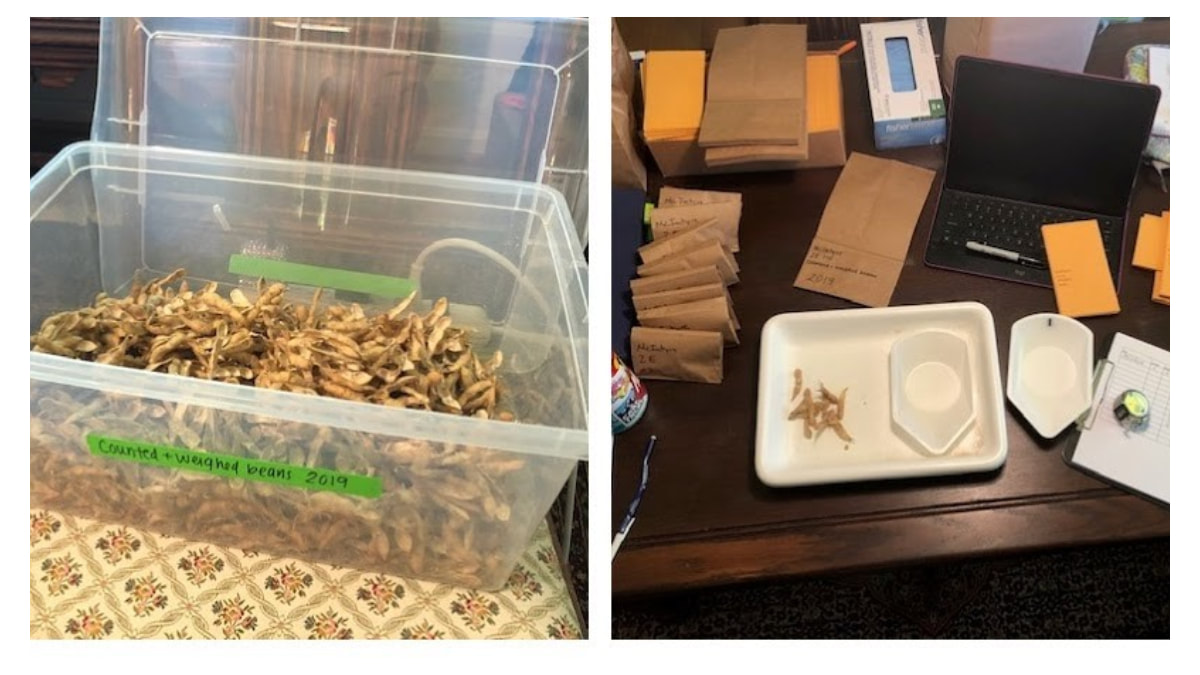
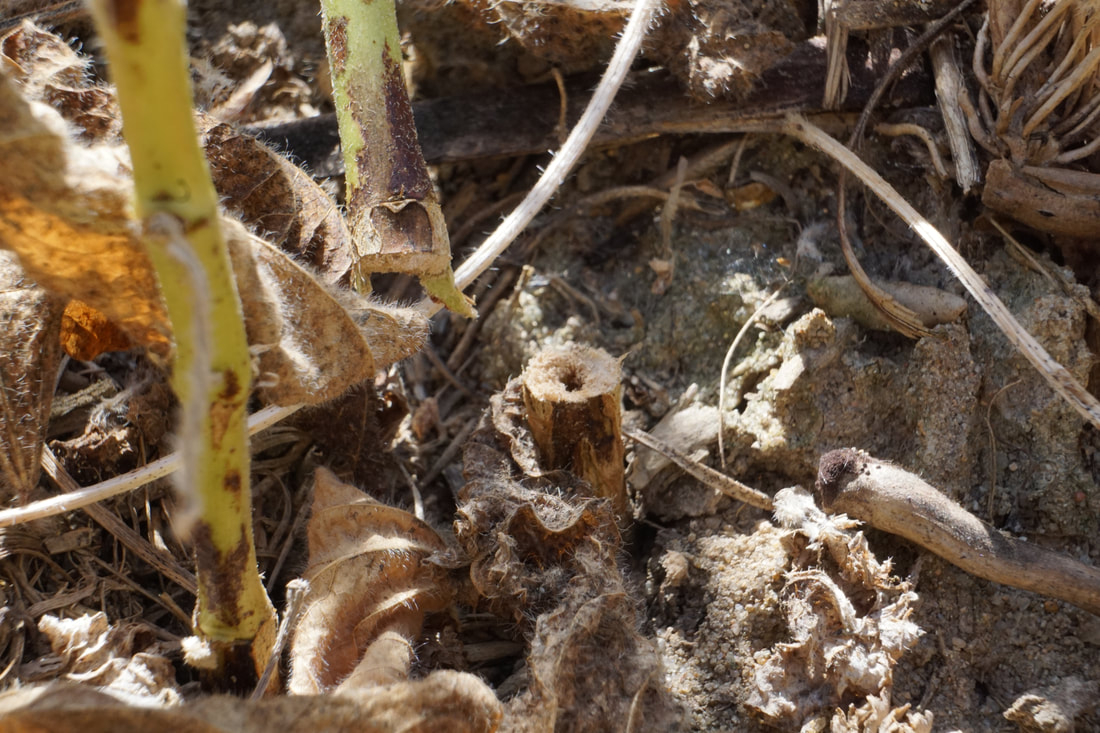
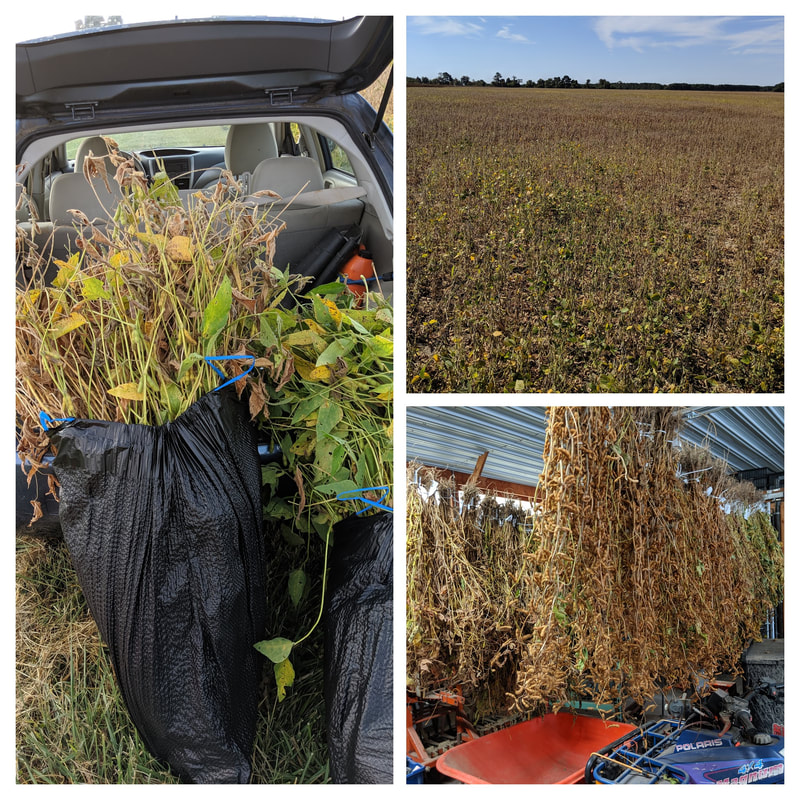
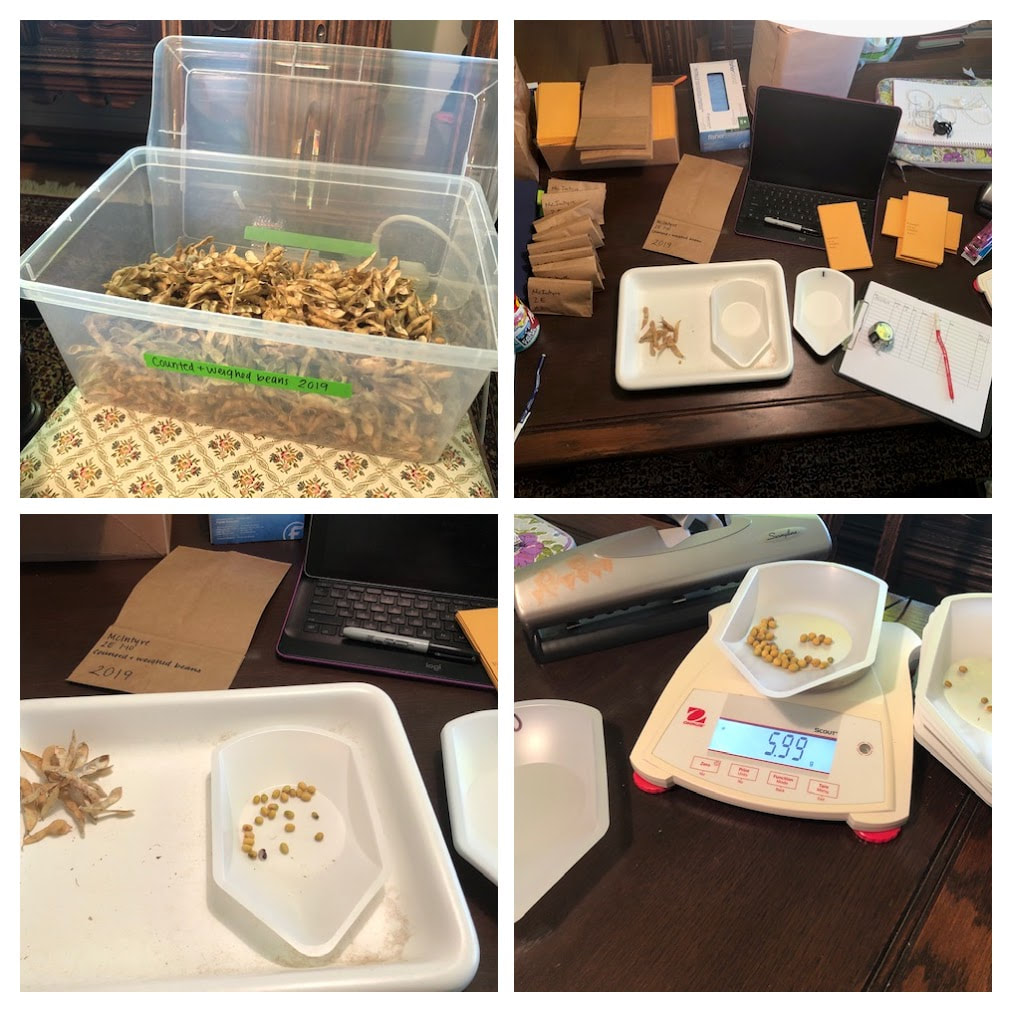
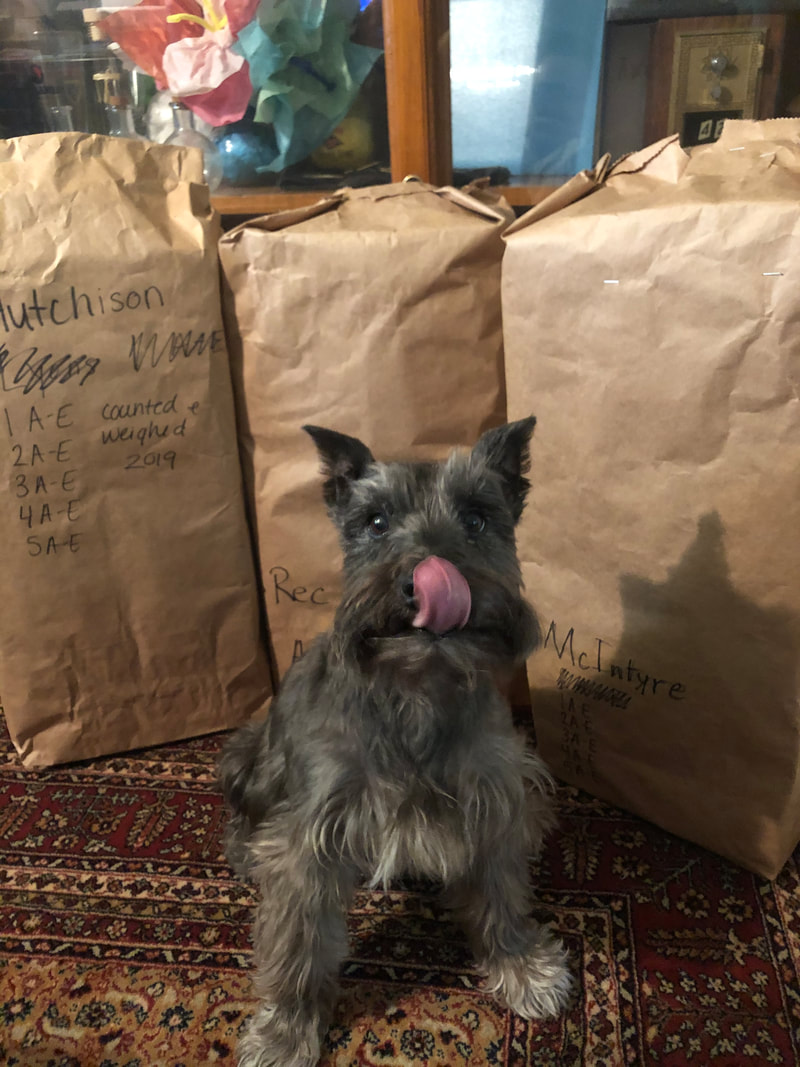
 RSS Feed
RSS Feed




